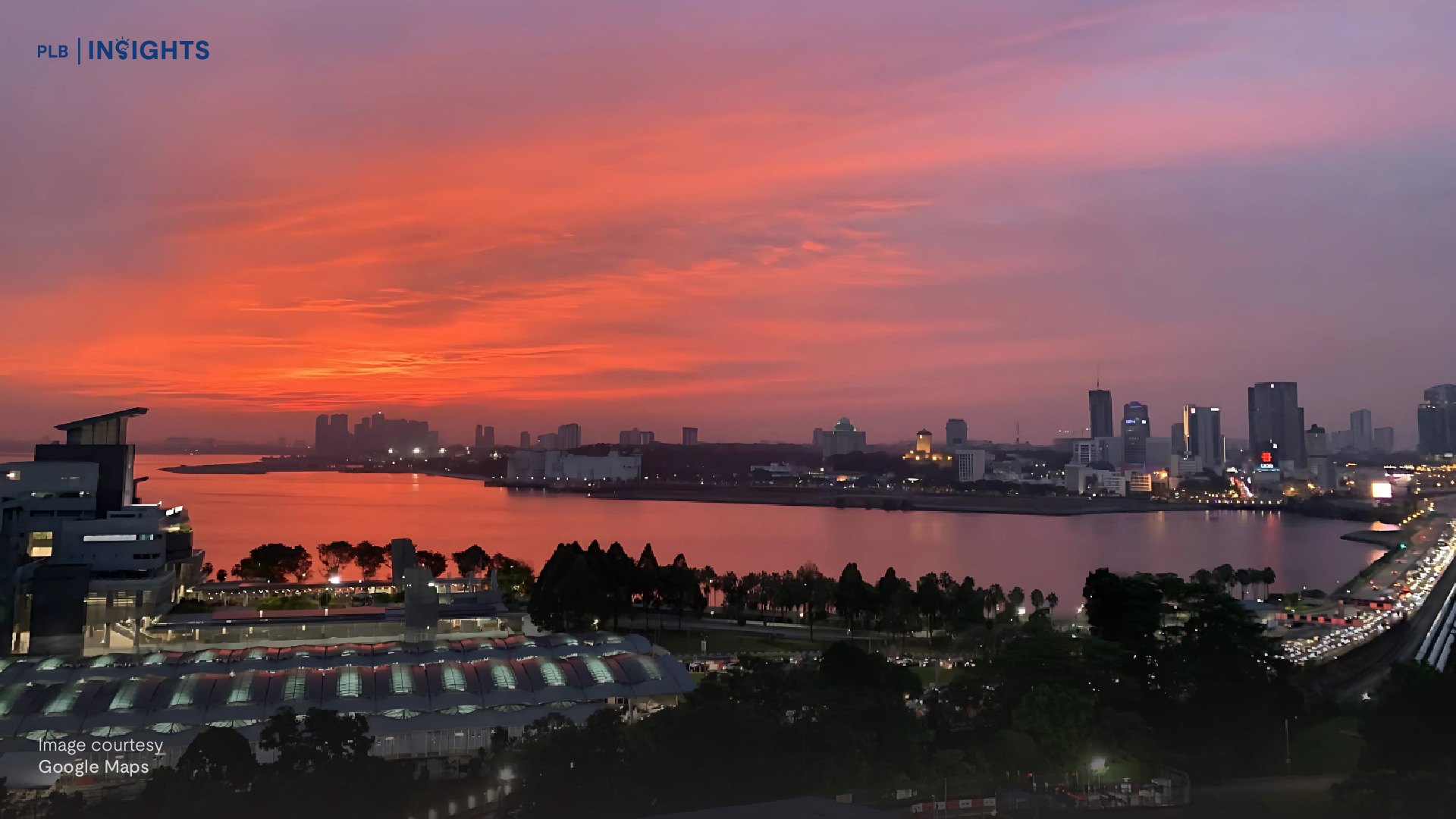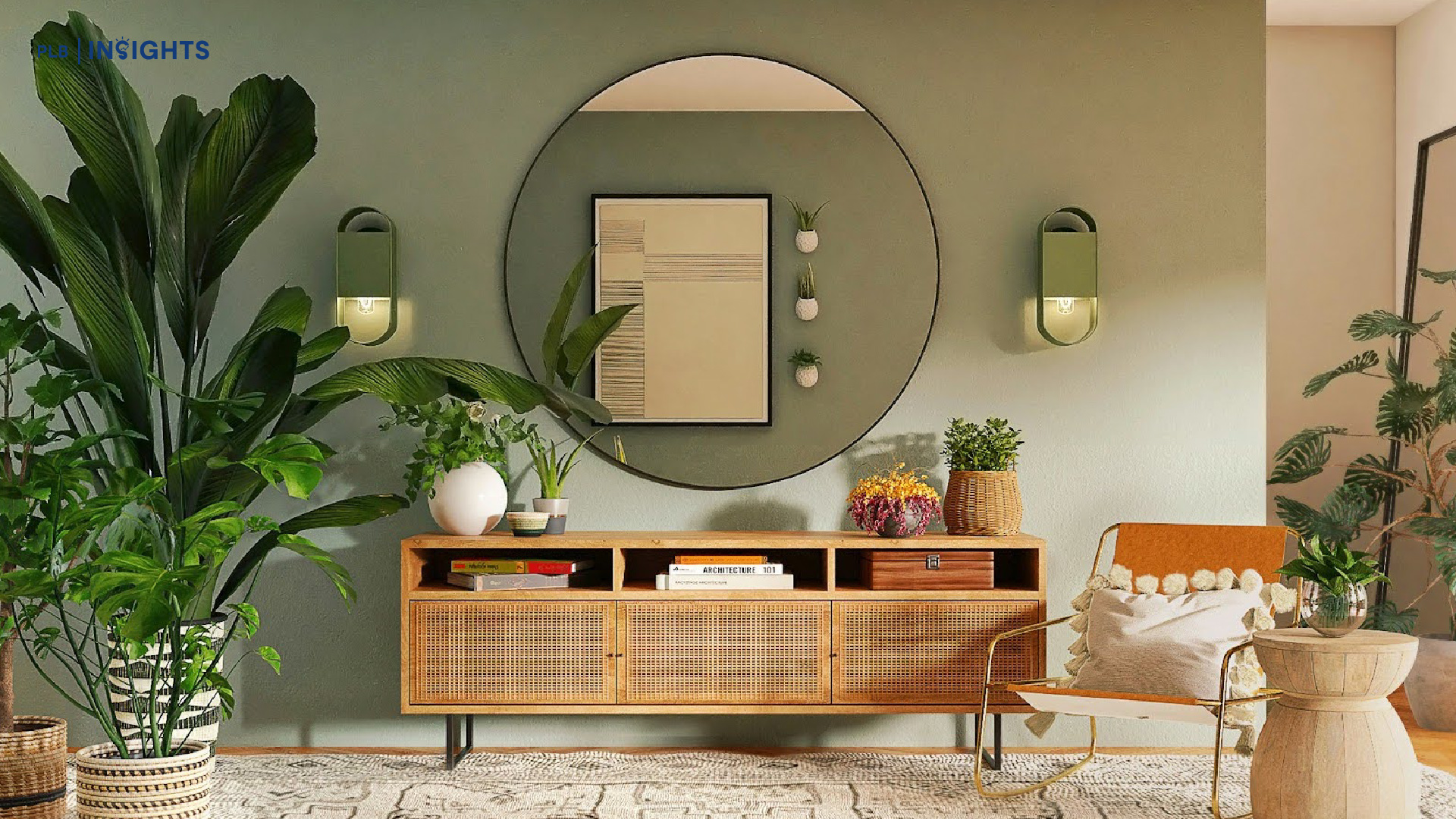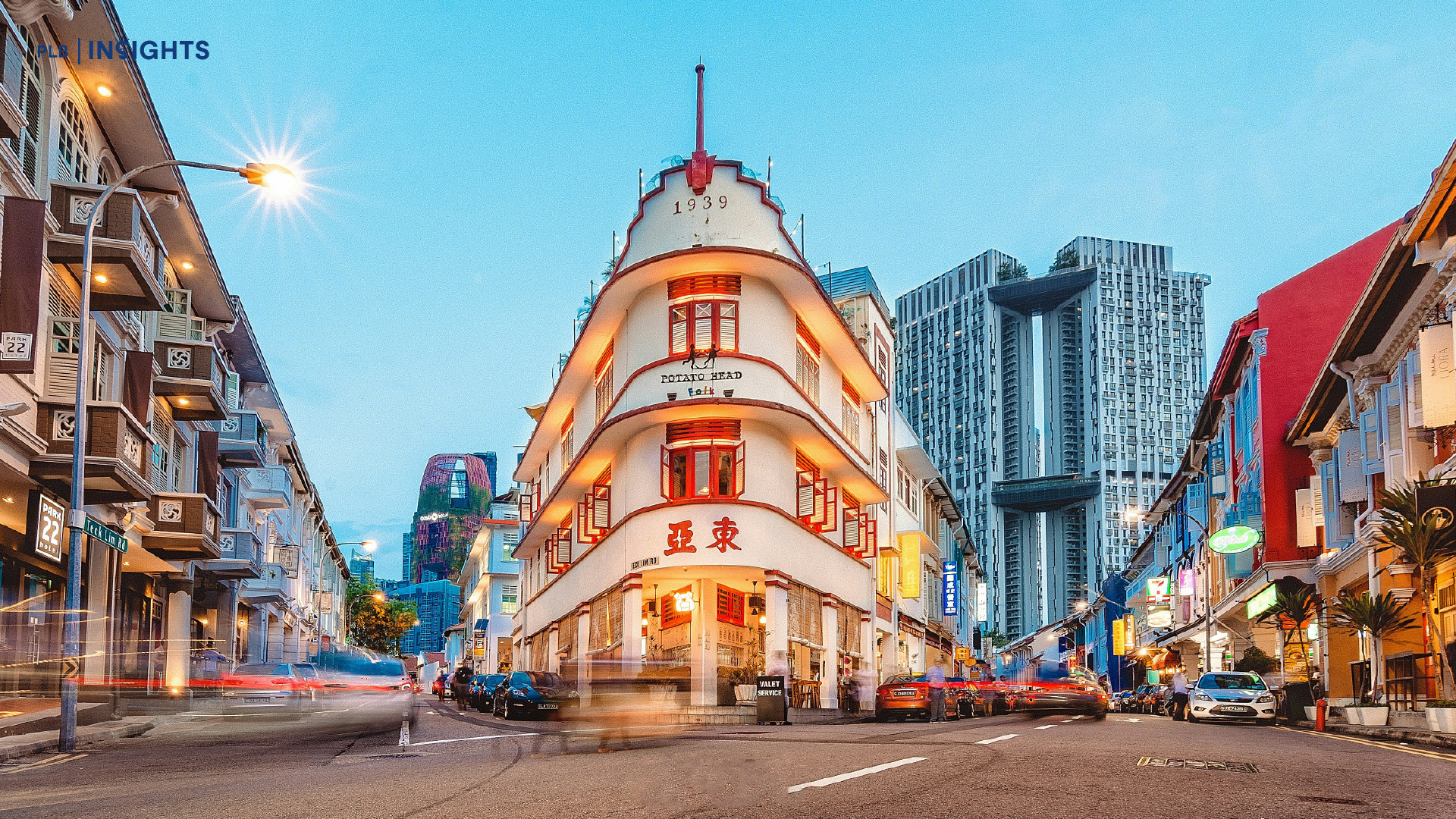
Tiong Bahru, a quaint and picturesque neighbourhood in Singapore, is known for its charming blend of the old-world and modern sophistication. Yet, beneath the cafe-laden streets and Art Deco architecture lies a haunting history that lends a spooky allure to this beloved community.
Once a resting place for the departed, Tiong Bahru’s origins as a cemetery date back to the early 20th century, when it was home to a Chinese burial ground. The whispers of the past still echo through the narrow lanes and alleys, where tombstones once stood as silent sentinels. However, the passage of time has seen the rise of an entirely different spirit in Tiong Bahru—a spirit of renewal, rejuvenation, and revival.
Today, Tiong Bahru has undergone a remarkable metamorphosis, evolving into one of the most sought-after residential areas in Singapore. Its transformation from a cemetery to a thriving urban hub is a testament to the city’s ability to embrace its history while progressing into the future. In this Halloween special article, we delve into the eerie transformation of Tiong Bahru from a silent, forgotten graveyard to a million-dollar estate that now thrives with life.
Tiong Bahru aka New Cemetery

“Tiong Bahru” holds a cryptic etymology – ‘Tiong’ means ‘end’ or ‘the end,’ while ‘Bahru’ translates to ‘new’ in Malay. When put together, they metaphorically mean the “New Cemetery”. Yet, the juxtaposition of ‘the end’ with ‘new’ adds an enigmatic layer to Tiong Bahru, alluding to both its past and its transformative future.
Long before Tiong Bahru became a coveted real estate destination, it bore witness to a darker history. This neighbourhood, now adorned with charming terraces and apartments, was once a Chinese graveyard. Tombstones, cryptic symbols of lives long gone, adorned the landscape. Tiong Bahru burial ground was established around 1859 to ease the overcrowding at Teong Lama (“old cemetery”), where present day Singapore General Hospital (SGH) is.
After SGH was relocated to its present location in 1882, settlers began to move into the low-lying areas near Tiong Bahru. By the 1920s, this young settlement had swelled into a village called Kampong Tiong Bahru. Besides the deathly past, the poor living conditions of Tiong Bahru made it a real living hell for its residents. The exponential growth in population, marked by overcrowding squatters and poor sanitation, made the kampong a health hazard and suffocating to live there.
First Public Housing Estate by Singapore Improvement Trust
With rapid expansion and development in the 1920s, Singapore looked towards the modernisation of of housing, and Tiong Bahru was not exempted from this improvement. The relentless march of progress called for the exhumation of the graveyard, leading to the displacement of its otherworldly residents as they shifted to Bukit Brown cemetery. Tombstones were removed, and the spirits reluctantly retreated, making way for a new era.
Tiong Bahru was developed in the 1920s as Singapore’s first public housing estate by the Singapore Improvement Trust (SIT), the colonial predecessor of the Housing Development Board (HDB). Facing overcrowded slums and poor living conditions, the flats built by SIT provided affordable and quality housing for its residents. They built drains and culverts (drain pipes), as well as provided the infrastructure and provision for the erection of 900 houses.

Block 55 was the first block of SIT flats to be built, and it is located at the junction of Tiong Bahru Road and Tiong Poh Road. It has 28 flats and four shops, and its first tenants were 11 families who moved in on 1 December 1936. In the following five years, SIT constructed more flats and by 1941, the SIT Tiong Bahru estate had 784 flats, 54 tenements, 33 shops and a population of around 6,000.
Breathing Life to Tiong Bahru
While Tiong Bahru was a model for modern urban living in the mid-20th century, its appeal waned in the 1980s. That was when Tiong Bahru was seen as an estate with a greying population and deteriorating facilities. For instance, Tiong Bahru Market was opened in 1951 and was vastly different from what we know today; instead of fresh food and the smell of wok hey, residents were greeted with dirty and crammed conditions.

Fortunately, redevelopment and an influx of new residents changed the estate’s demographics in the early 1990s. The Urban Redevelopment Authority (URA) played a pivotal role in the transformation of Tiong Bahru, shaping it into one of Singapore’s most coveted real estate hotspots. This government agency embarked on a series of redevelopment initiatives that have since elevated Tiong Bahru from its humble beginnings to the bustling urban oasis it is today.
Art Deco

One of the key initiatives that have greatly impacted the real estate landscape in Tiong Bahru is the conservation of its iconic Art Deco architecture. URA recognised the historical significance and architectural charm of the neighbourhood and with careful foresight, it set out to preserve these unique characteristics while ushering in modern improvements.
Conservation guidelines were introduced, ensuring that many of the charming low-rise buildings retained their historical facades. This preservation of heritage buildings, often adorned with wrought-iron balconies and intricate detailing, created a seamless blend of old-world charm and contemporary living. Today, these lovingly restored structures are the crown jewels of Tiong Bahru’s real estate offerings, attracting buyers and investors with a keen appreciation for architectural history.
Facilities
Additionally, URA has also encouraged the development of modern amenities and services to elevate the neighbourhood’s appeal. Tiong Bahru has seen the emergence of trendy cafes,
restaurants, boutiques, and art galleries that have transformed it into a thriving cultural and culinary hub. The bustling and renovated Tiong Bahru Market is another fine example of how URA’s interventions have breathed new life into the area, making it not only a historical gem but also a hub of contemporary urban living.
In terms of real estate developments, URA has also actively encouraged the rejuvenation of older properties, ensuring that they meet modern standards while preserving their historical character. At the same time, new developments have brought a breath of fresh air to the neighbourhood, expanding the housing options available to buyers. In 1995, 16 blocks of flats built in 1952 were chosen for the first Selective En-Bloc Redevelopment Scheme, where older apartments were demolished for newer ones. The combination of restored heritage flats and new high-quality residences has driven the real estate market’s growth, attracting a diverse range of residents.
Green Spaces

Furthermore, URA’s commitment to green spaces has played a significant role in enhancing the quality of life for Tiong Bahru’s residents. The development of lush parks and tree-lined streets, coupled with careful urban planning, has created a neighbourhood where residents can enjoy a serene respite from the urban hustle and bustle.
Closing Thoughts
Tiong Bahru’s transformation from a graveyard to a thriving real estate hub is a tale that embodies the spirit of Halloween—where the past and present coexist in an eerie harmony. URA’s vision and commitment to preserving heritage while enhancing modern living have been instrumental in the development of Tiong Bahru as a prime real estate destination. Its thoughtful interventions have created a harmonious blend of the old and the new, resulting in a neighbourhood that offers a unique and highly desirable living experience for both long-time residents and newcomers.
Thinking of making Tiong Bahru your home? To find out more about the area, feel free to contact our team and we’ll be more than happy to assist you on your property journey. Or if you are interested in another spooky real estate tale, check out what was said about Haw Par Villa.








